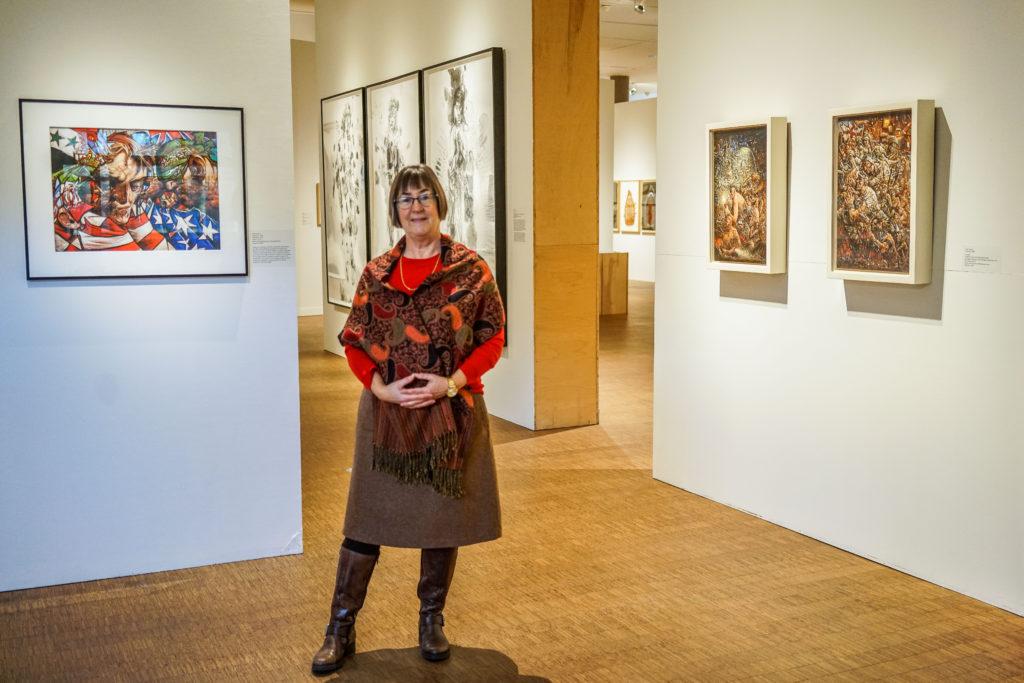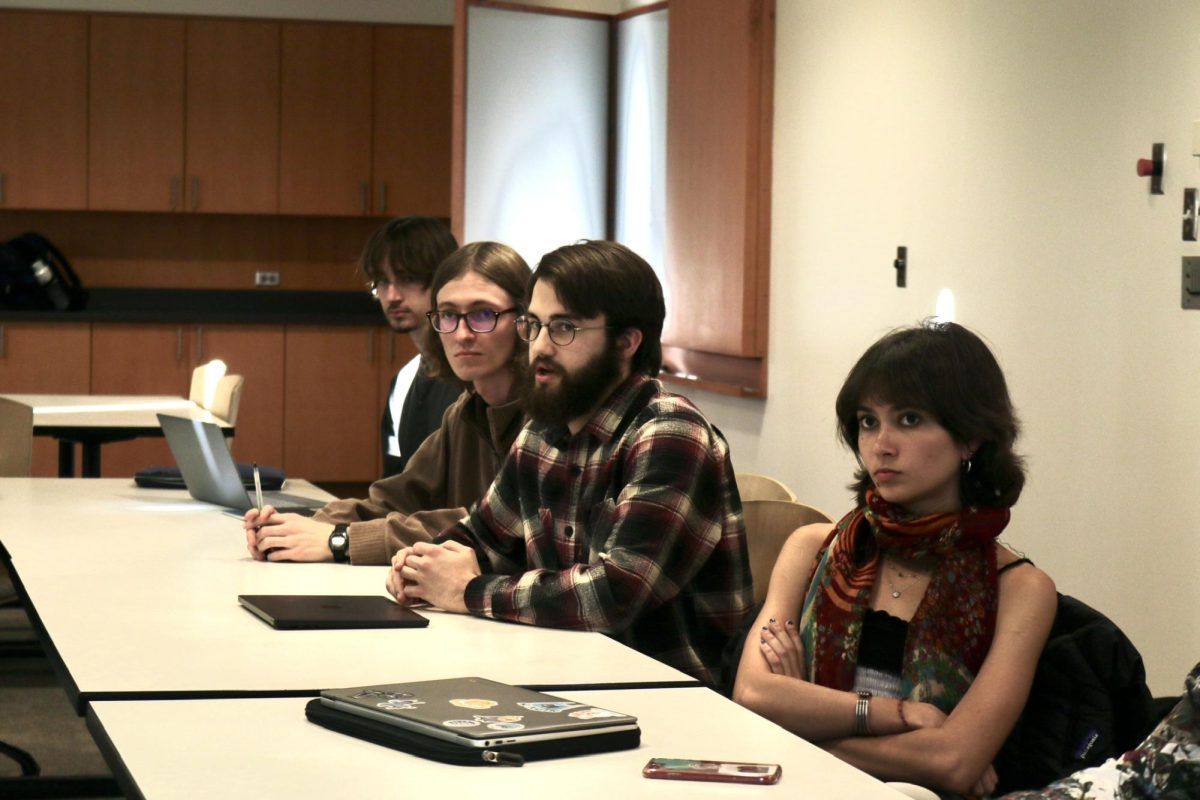
This Spring, anthropology professor Kathryn Kamp and Lesley Wright, Director of the Grinnell College Museum of Art, will co-teach the 200-level special topic anthropology course “Designing Museum Displays.” Students in the course will be tasked with designing and curating a display case in the HSSC, working with academic departments as their clients to create a display that carries a central theme.
“Students are going to work on all phases of the display,” said Kamp, “working with the concepts, doing whatever research is necessary to flesh out those concepts, finding the objects, mounting the objects, arranging the objects, writing the text.”
The displays will be more social studies-focused than art-focused, although some students may choose to incorporate art pieces in their curation, based on what each client wants.
Wright has been curating museum exhibits for 27 years and has worked at the College the past 20. She teaches Introduction to Museum Studies in the fall semester, although it does not often involve hands-on curation. Designing Museum Displays affords students the unique opportunity to create lasting displays in a public, frequented space.
“I am a firm believer that art should not just be in a designated museum space but should be part of people’s lives wherever they might be,” said Wright. “The challenge is what kind of objects do you select to make that story visual? And that’s always the big challenge … how do you take a story and make it visual?”
As an anthropology professor, Kamp has had the opportunity to involve herself with museum studies at Grinnell several times before. While she does not have as much direct experience curating museum exhibits, she has worked with students on Mentored Advanced Projects designing displays and has taught three courses on museums and museum theory.
For Kamp, curation seems to run in the family. “My daughter has a masters in museum studies and has worked at museums and has had a lot of display experience, so she came and helped me with a tutorial on museum displays,” Kamp said.
Wright and Kamp’s course had twice as many students pre-registered as they had seats and they unfortunately had to drop some students from the class. However, students interested in hands-on opportunities for museum curation have other options.
The museum hires students every year, both to work in the museum itself and to the work in the Print and Drawing Study Room in the basement of Burling Library. Students working in the Print and Drawing Room can curate displays within Burling itself.
Additionally, an exhibition seminar is taught every few years, in which the students collectively create an art exhibition for the museum over the course of a semester. Wright also suggested that students particularly passionate about curation approach her to discuss other ways to get involved in the profession, whether that be through the town’s art center or through collaboration with local businesses.
































































